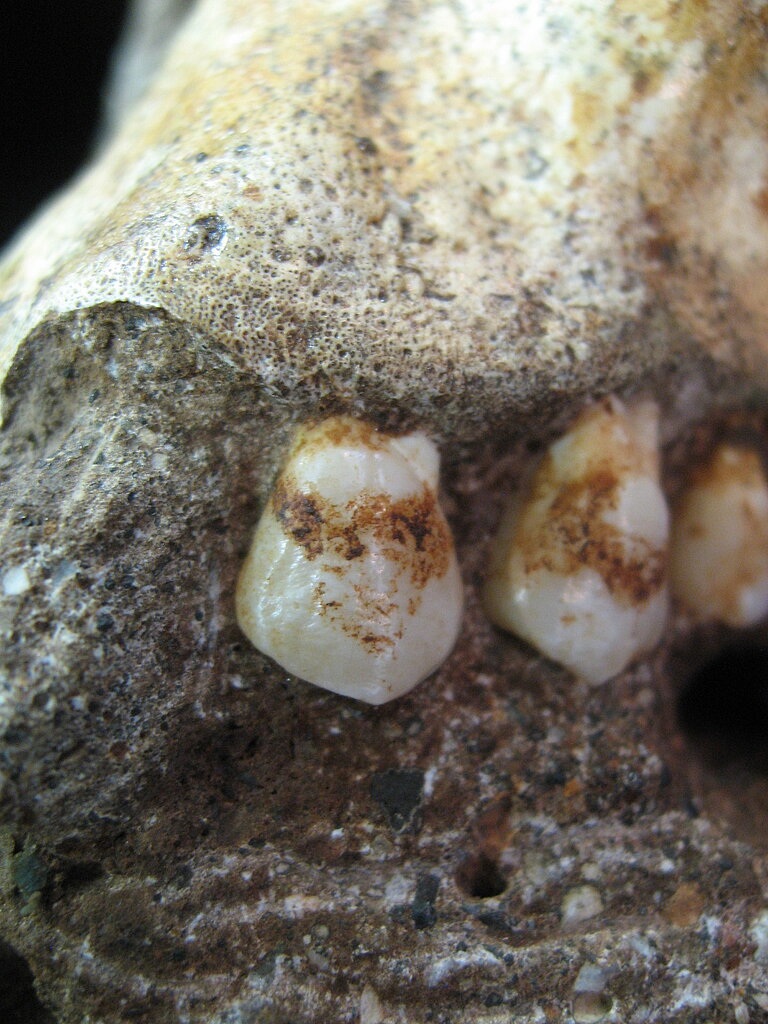For the first time, researchers have found plant remains in the two-million-year-old dental plaque of ancient hominins’ teeth
The first direct evidence of what our earliest ancestors actually ate has been discovered due to a two-million-year-old mishap that befell two early members of the human family tree. Amanda Henry of the Max Planck Institute for Evolutionary Anthropology in Leipzig, Germany, and co-workers determined the diet of these hominins by looking at patterns of dental wear and analysing tiny plant fragments on their teeth. The authors also consider carbon-isotope data derived from the skeletons, which can indicate the types of carbon source that were eaten. Notably, bark and woody tissues were found in the teeth of the two individuals; this has not been documented previously for hominins. The findings indicate that Australopithecus sediba had a diet that is somewhat unexpected compared with the diets of similarly aged early African hominins. The study was led by Professor Lee Berger of the University of the Witwatersrand in Johannesburg, South Africa.
